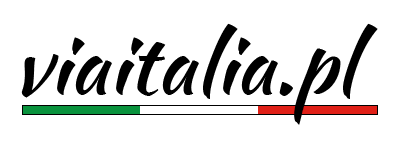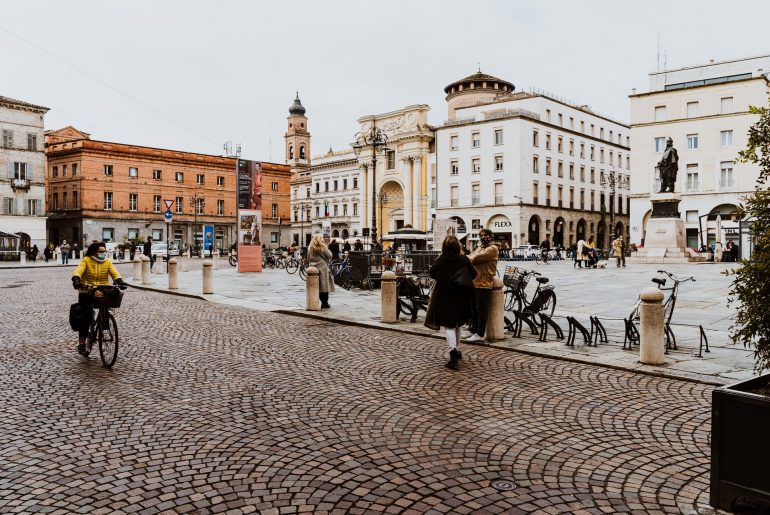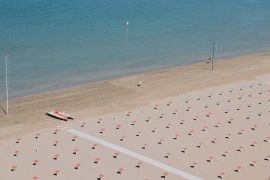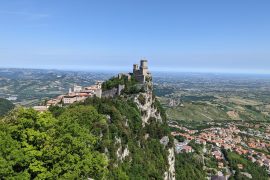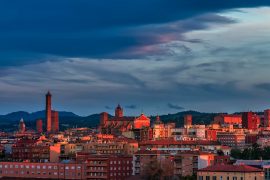Located in northern Italy, Parma is a city with a remarkably rich past, dating back to about 183 B.C. It has changed rulers many times over the years and has been a silent witness to much historical turmoil. What is worth seeing in this Italian city and what is it best known for?
Parma is a city that has traveled a long and bumpy road, from a Roman colony, through the rule of influential European families, the rule of the French and Spaniards, until modern times, when - as if tired of its turbulent past - it chose to abide quietly away from the crowded resorts. Although the city has such a centuries-old past, little remains of its early development - this is primarily because over the following centuries the city was repeatedly destroyed by warfare, only to rise from the ruins and be reborn again. Most of the monuments that have survived in Parma date from the medieval and Renaissance periods - enthusiasts of these eras in architecture should definitely visit the city and soak up its unpretentious beauty.
Attractions - what is worth visiting in the city?
Traditionally, as is the case with many Italian cities, it is worth starting your sightseeing from Piazza Duomo, where many of the local attractions are concentrated. Interestingly, Piazza Duomo is not considered the city's main square - that status is assigned to the Piazza Garibaldi, a square located in the heart of Parma.
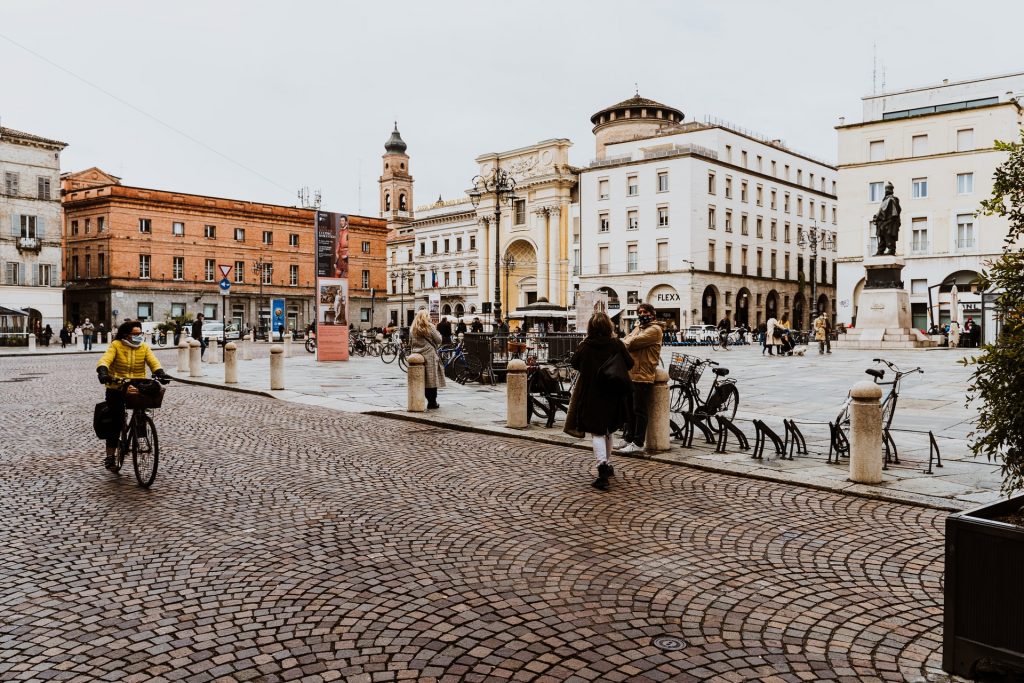
Duomo di Parma - the cathedral in Parma
Located in the old town, the 12th century cathedral is one of the most representative examples of Romanesque architecture in Italy. From the outside of the building, what attracts the most attention is the facade with its numerous arches and powerful portal, as well as the tall bell tower with a soaring finial. The building can be described as monumental, but quite sparing in form, which is characteristic of the Romanesque style. Inside, one will encounter more spectacular decorations, such as Renaissance works in the side chapels, or mosaics from the early Christian period, which can be admired in the cathedral's crypts. Most impressive, however, is the dome's vault, which features an intricate fresco by prominent Parma artist Antonio da Correggio. The fresco depicts the Assumption of the Blessed Virgin Mary, who is the patron saint of the temple.
It's worth reserving about an hour to visit the cathedral, which will allow you to see the building quietly from the outside as well as from the inside and take some souvenir photos.
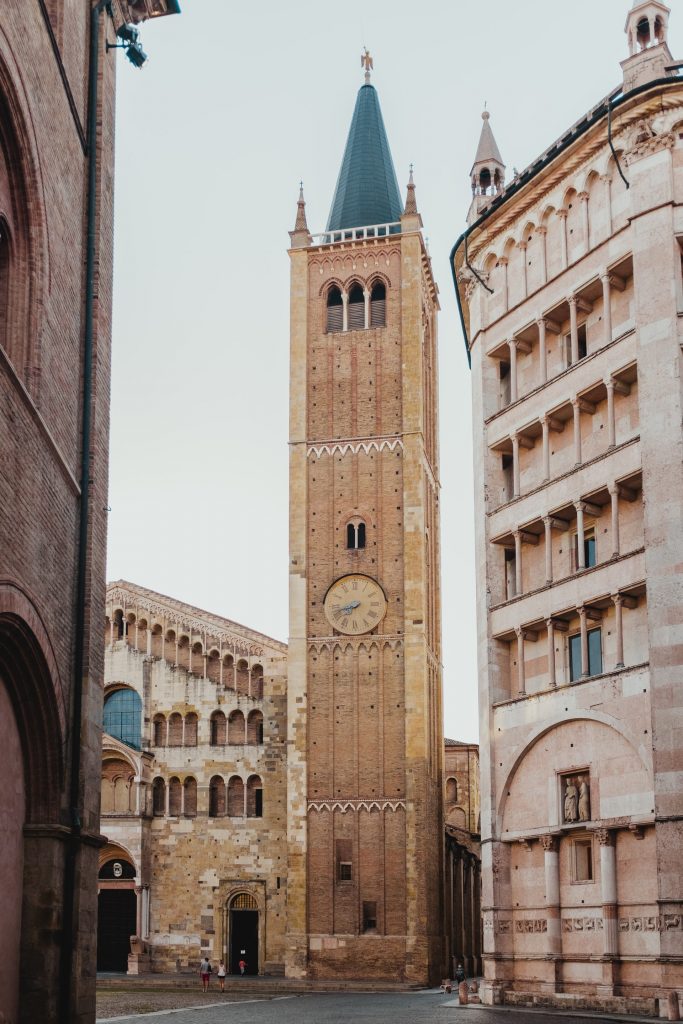
Baptistery in Parma
Literally a dozen meters from the cathedral is another imposing religious building with an extremely interesting form. The marble baptistery takes the form of an octagonal, massive building, somewhat resembling a tower, with numerous arches, an ornate portal and soaring turrets at the top. Construction of the baptistery began at the end of the 12th century and lasted nearly 100 years, so that the monument has clear features of both Romanesque and Gothic styles.
A famous Italian sculptor worked on the creation of the building Benedetto Antelami, responsible, among other things, for the biblical reliefs on the doors. The same artist is also the author of the sculpture in the nearby Duomo di Parma Cathedral.
The interior of the baptistery is very richly decorated - there are colorful frescoes from the 13th and 14th centuries - each of the eight walls of the building has a separate fresco. Higher up in the interior are marble statues and religious paintings.
Opening hours and price list
- The Baptistery is open from Monday to Sunday from 10 am to 6 pm.
- Admission cost is €12 for an adult
- Admission cost for students, people over 65 and teachers is €10.
- People under the age of 13 can visit the building for free
Palazzo della Pilotta
Just 400 meters from the baptistery is the Palazzo della Pilotta, a huge architectural complex built on the banks of the river, surrounded by greenery. The building was constructed at the end of the 16th century and has served various functions - including that of a royal palace and a court, while the vast courtyard was once used as a ball field.
The monumental palace was never completed, as can be seen from its facade, which in places has intricate ornamentation that contrasts with the plain stone, devoid of detail. There are 3 important tourist attractions: the National Gallery (an art and archaeology museum, as well as a printing museum), the historic Farnese theater As well as a library. The biggest treat for lovers of Italian art will definitely be the museum, which features works by painters from the region, as well as artists from Tuscany and Venice. One of the most important items in the museum's collection is the work of the Leonardo da Vinci named "Testa di fanciulla detta la scapigliata."
Opening hours and price list
- The complex is open from Tuesday to Sunday from: 10.30-18.30
- The cost of a ticket for an adult over 25 is €10.
- The cost of a ticket for 18-25 year olds is €2.
- People under the age of 17 can visit this place for free
Chiesa di Santa Maria Della Steccata - sanctuary in Parma
Just a 350-meter walk from the Palazzo della Pilotta will take you to another stunning building that will leave admirers of frescoes truly in awe. The Sanctuary of Parma is a Renaissance building with a symmetrical shape, the sides are in the form of towers with a semicircular design, and the whole gives the impression of being very refined and complete.
The interior of the sanctuary is extremely rich - attention is drawn to the elaborate, colorful frescoes and ceilings covered with gold details. Most impressive is the large fresco above the altar and the adjacent fresco on the ceiling. The former depicts the Coronation of the Blessed Virgin Mary, and the latter the Adoration of the Three Kings. The author of the frescoes is 16th-century artist Michelangelo Anselmi.
The sanctuary is open from 9 a.m. to 6 p.m., and admission is free.
Parco Ducale - Ducal Park
On the other side of the river, just 600m from the Palazzo della Pilotta, there is a vast historic park complex that is a great place to visit for families with children and tourists looking for an attractive destination for an after-dinner stroll. The history of the site dates back to the mid-16th century - at that time the landscaping characteristic of Ducal Park was designed here, relying heavily on trees. The concept was expanded in the 18th century - today it is a mixture of different influences, there are sculptures by famous artists and numerous references to the French and English styles.
The park features a majestic fountain, the ruins of a religious building, as well as Renaissance monuments. Prince's Palace i Palazzetto Eucherio Sanvitale. The palaces' interiors are decorated with numerous works of art, such as frescoes and oil paintings. There are also facilities for visitors, such as a children's playground, a cafe, sports tracks and a dog zone, among others.
Information, price list, opening hours
- The park is open to the public free of charge.
- Opening hours are from 7 a.m. to 8 p.m. in the months of November through March and from 6 a.m. to midnight in other months.
Teatro Regio
Halfway on foot between the Palazzo della Pilotta and the Sanctuary of Santa Maria della Steccata is the 19th century Prince's Theatre, designed and built by architect Nicola Bettoli, commissioned by Princess Maria Louisa. The theater was built on the site of a former ninth century monastery, and renamed Teatro Regio in 1848. The building has a neoclassical facade, and inside there is a grand hall with a majestic gallery, as well as a small theater, decorated by Parma artists. Such Italian artists as Girolamo Magnani (set designer and decorator) and Gian Battista Borghesi (painter and set designer) worked on the theater's arrangement.
Opening hours and price list
- The cost of admission to the theater is €5.
- January to June and September to December: Tuesdays and Wednesdays from 10 a.m. to 1 p.m. and from 3 p.m. to 5:30 p.m., Thursdays, Fridays and Saturdays from 9 a.m. to 1 p.m. and from 3 p.m. to 5 p.m.
- in July, tours are available on Mondays and Tuesdays from 9 a.m. to 1 p.m. and from 5 p.m. to 6:30 p.m., on Wednesdays, Thursdays and Fridays from 9 a.m. to 1 p.m. and from 4:30 p.m. to 6:30 p.m.
- theater is closed in august
How to get to Parma?
The easiest way to get to Parma from Poland is with a low-cost airline via Milan or Bologna. Ryanair planes fly on these routes from many provincial cities. To the airport in Bergamo We can get there by plane from Warsaw, Wroclaw, Krakow, Katowice, Gdansk and Poznan, among others. Ticket prices start at about a dozen zlotys. On the other hand, Polish cities such as Warsaw, Wroclaw, Katowice and Krakow have a connection to Bologna airport. Connection prices are similar to those for flights to Milan.
A trip to Parma via Milan will have a similar time to that via Bologna. Milan is a popular transfer center thanks to the very good connection between Bergamo airport and the center of the fashion capital, from where you can get on board a train directly to many different Italian regions, including to Parma. There are many courses during the day, so you don't have to set yourself up for a long wait for a transfer.
However, if you want to start your trip with a flight from Poland to Bologna, there are buses that leave from Marconi Airport, with the city's main train station on their route. The airport is well connected to the city center, and buses run here several times an hour.
Parma: weather
Parma is a city with a temperate climate, where there are considerable differences between summer and winter seasons. A characteristic feature of the city is the relatively high rainfall for Italy, especially during the autumn season - the average monthly rainfall already in October significantly exceeds 150mm, to reach up to 200mm in November and December. The months from January to April fare little better in this regard - the average monthly rainfall still exceeds 100mm. The most favorable months to visit Parma are from late spring to late summer, roughly from May to September.
The warmest month is July, when the average daily temperature is almost 25 degrees Celsius. August is only marginally cooler. From May to the end of September, the daytime temperature here is usually over 20 degrees Celsius, summer nights are pleasant and generally do not bring great heat. The coldest month in Parma is January - the average temperature then is 3 degrees Celsius.
Cuisine - what to eat in Parma?
The city is primarily known for its popular regional products - ham - which are popular all over the world. prosciutto and cheese Parmigiano Reggiano, or parmesan cheese. They are a flavorful addition to many dishes of Italian cuisine. Long-ripened specialties from Parma are not the only culinary treasures from these parts, they also include ravioli and tortellini with different types of fillings.
Popular regional dishes include Spalla Cotta, which is a type of sausage that matures for about 1-2 months. This sausage is prepared from pork shoulder, which is seasoned with salt, pepper, cinnamon, nutmeg and garlic.
Another traditional dish from the region is a pasta dish called Tortelli d'erbetta. Tortelli pasta, the dough of which is made from flour, eggs and salt, is filled with a stuffing consisting of ricotta, eggs, spinach, Parmesan cheese and nutmeg. Tortelli are cooked in boiling water and served with melted butter.
Accommodation in Parma
By Italian standards, Parma is not an expensive city. It is possible to find comfortable accommodation here even in the high season, and prices are similar to those we experience in Polish tourist destinations in the summer. For example, for a double room with private bathroom, located 400 meters from the center, we will pay in early August from 52€.
The accommodation base in Parma consists mainly of private apartments, hotels seem to play second fiddle in this city. When you want to stay in a good four-star hotel, prices for a room with breakfast included start at 65€, but generally these are facilities that are located a few kilometers from the center. Accommodation prices will be higher and start at around 85€ if the hotel is to be closer to Parma's main attractions.
Prices before the high season, such as in early June (which, in terms of temperature as well as relatively little rainfall, is a good month to visit Parma) are similar to those in July and August.
Below you will find a map with booking accommodation:
Booking.com